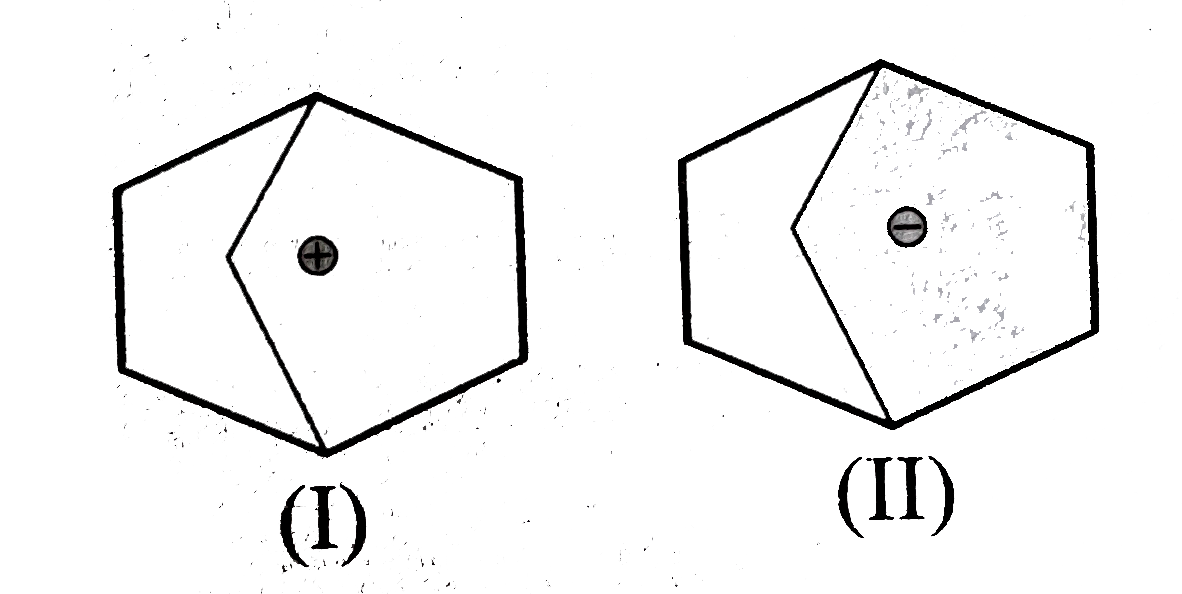Give reason for the following :
'In acylium ion, the structure R−C≡O⊕ is more stable than R−⊕C=O.
To explain why the acylium ion structure R−C≡O+ is more stable than R+−C=O, we can analyze the electronic structure and stability of both forms. Here’s a step-by-step breakdown:
Step 1: Understanding the Structures
- The acylium ion can be represented in two forms:
1. R−C≡O+ (Structure 1)
2. R+−C=O (Structure 2)
Step 2: Analyzing Electron Count
- In Structure 1 (R−C≡O+):
- The carbon atom is bonded to three other atoms (the R group and the oxygen) and has a positive charge.
- The carbon has a complete octet (8 electrons) due to the triple bond with oxygen.
- In Structure 2 (R+−C=O):
- The carbon atom is bonded to the R group and the oxygen, but it has a positive charge.
- Here, the carbon only has 6 electrons in its valence shell, which means it has an incomplete octet.
Step 3: Stability Considerations
- A complete octet generally leads to greater stability in molecules. In Structure 1, the carbon atom satisfies the octet rule, making it more stable.
- In Structure 2, the incomplete octet (only 6 electrons) results in higher potential energy and thus lower stability.
Step 4: Charge Distribution
- In Structure 1, the positive charge is on the carbon atom, which is less electronegative than oxygen. This is a favorable situation since carbon can stabilize the positive charge better than oxygen can.
- In Structure 2, the positive charge is on the carbon, but it is adjacent to an electronegative atom (oxygen). This situation is less stable because electronegative atoms are not favorable for holding positive charges.
Conclusion
- Therefore, the acylium ion structure R−C≡O+ is more stable than R+−C=O because:
- The octet of carbon is complete in the first structure, leading to lower potential energy and higher stability.
- The positive charge is on carbon, which is more stable than having it on a more electronegative atom.
- The acylium ion can be represented in two forms:
1. R−C≡O+ (Structure 1)
2. R+−C=O (Structure 2)
- In Structure 1 (R−C≡O+):
- The carbon atom is bonded to three other atoms (the R group and the oxygen) and has a positive charge.
- The carbon has a complete octet (8 electrons) due to the triple bond with oxygen.
- In Structure 2 (R+−C=O):
- The carbon atom is bonded to the R group and the oxygen, but it has a positive charge.
- Here, the carbon only has 6 electrons in its valence shell, which means it has an incomplete octet.
- A complete octet generally leads to greater stability in molecules. In Structure 1, the carbon atom satisfies the octet rule, making it more stable.
- In Structure 2, the incomplete octet (only 6 electrons) results in higher potential energy and thus lower stability.
- In Structure 1, the positive charge is on the carbon atom, which is less electronegative than oxygen. This is a favorable situation since carbon can stabilize the positive charge better than oxygen can.
- In Structure 2, the positive charge is on the carbon, but it is adjacent to an electronegative atom (oxygen). This situation is less stable because electronegative atoms are not favorable for holding positive charges.
- Therefore, the acylium ion structure R−C≡O+ is more stable than R+−C=O because:
- The octet of carbon is complete in the first structure, leading to lower potential energy and higher stability.
- The positive charge is on carbon, which is more stable than having it on a more electronegative atom.
Topper's Solved these Questions
- CARBOXYLIC ACIDS AND THEIR DERIVATIVESBOOK - CENGAGE CHEMISTRY ENGLISHCHAPTER - CARBOXYLIC ACIDS AND THEIR DERIVATIVESEXERCISE - Exercises Archives (True/False)
2 Videos
- BIOMOLECULESBOOK - CENGAGE CHEMISTRY ENGLISHCHAPTER - BIOMOLECULESEXERCISE - Exercises Archives (Analytical And Descriptive)
8 Videos
- CHEMICAL KINETICSBOOK - CENGAGE CHEMISTRY ENGLISHCHAPTER - CHEMICAL KINETICSEXERCISE - Archives Subjective
23 Videos
Similar Questions
Give reasons for the following ,
Alkances are more stable than silances .
View SolutionExplain the following :
(a) Why MeNH⊕CH2 (I) is more stable more than MeCH2⊕CH2 (II) when both are 1∘ carbocations ?
(b) Which of the following intermediate is unstable ?

( c) Why allylic free radical (CH2−CH=CH2)(I) is more stable than propy1 free radical (.CH2−CH2−CH3)(II), when both are 1∘ free radicals ?
View Solution
Knowledge Check
The correct stability order of the following resonance structures is :
H2C=⊕N=өN(I) H2⊕C−N≡өN(II) H2өC−⊕N≡N(III) H2өC−N=⊕N(IV)AI>II>IV>IIIBI>III>II>IVCII>I>III>IVDIII>I>IV>II
Give the stability of the following resonance structures
(a) H2C=⊕N=ΘC
(b) H2⊕C−N=ΘN
(c ) H2ΘC−⊕N≡N
(d) H2ΘC−N=⊕N .
View SolutionCompare the stabilities of the following pairs of resonance contributing structures
(a) R−⊕C(I)=..O:↔R−C=⊕..O:(acylium ion)(II)
(b) Me−⊕..S∣:O....Θ−Me(III)↔Me−..S∣∣:O..−Me(IV)
(c) Me2C=C∣Me−⊕..O:↔(V)Me2⊕C−C∣Me=⊕..O:(VI)
(d) H2C=..O:↔(VII)H2⊕C(VII)−..O:Θ
View SolutionWhat is the correct order of decreasing stability of the following cations
I. CH3−⊕CH−CH3 II. CH3−⊕CH−OCH3
III. CH3−⊕CH−CH2−OCH3
View SolutionGive the IUPAC name of the following compounds whose structures are given below :
CH3−CH2−O∣∣C−CH2−O∣∣C−CH3
View SolutionGive the order of the stabilities of the following :
(i) (a) PhCH⊕2
(b) Ph2C⊕H
( c) Me2Ch⊕
(d) Me3C⊕
( e) C2H⊕5
(f) Ch⊕3
View SolutionResonance structures of propenal are given below. Which of these resonating structures is more stable ? Give reason for your answer.
CH2=CH−CHI=O↔⊕CH2−CH=CH−ΘOII
View SolutionConsider the fallowing statement :
(I) CH3OC⊕H2 is more stable that CH3CH⊕2
(II) Me3C⊕ is more stable than CH3CH2C⊕H2
(III) CH2=CH−C⊕H2 is more stable than CH3CH2C⊕H2
(IV) CH2=C⊕H is more stable thn CH3C⊕H2 of these statement:
View Solution
